Disclosure: This post may contain affiliate links. I earn a small commission of product sales to keep this website going.
One of our readers, Anthony, was recently confused about the relevance of back-button focus (BBF). He had read an article on PetaPixel claiming that the technique is antiquated in modern mirrorless cameras. But he still found it incredibly useful. Was he missing something?
Nope!
What is back-button focus?
For those not familiar with BBF, this is a technique where you disconnect your camera’s autofocus system from the shutter button. The shutter button now only releases the shutter, while you use another button on the back of the camera to command autofocus.
There are certainly merits to this technique, and many instances when it is advantageous. And there are times when it’s not. Like everything else, it’s a technique and not anything that separates amateurs from professionals.
I have an older post you can read here about how to program back-button focus in Sony alpha mirrorless cameras; the concept is similar in other cameras.
- Program your shutter button to only release the shutter, not command AF lock.
- Program your camera’s rear AF-L/AF-ON button to command Autofocus.
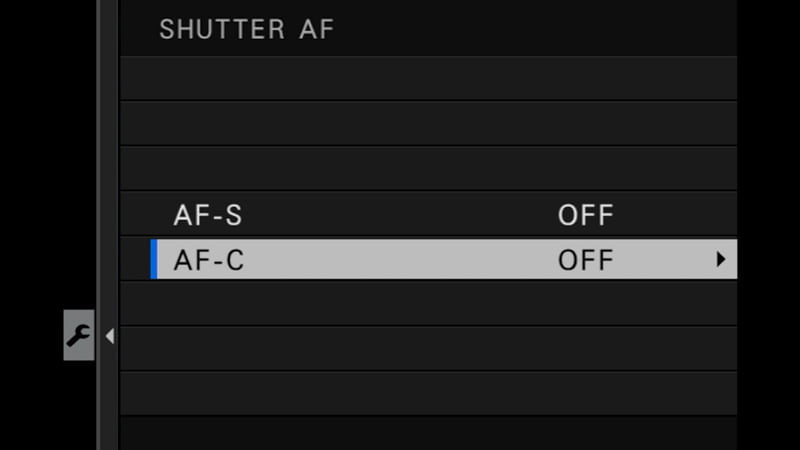
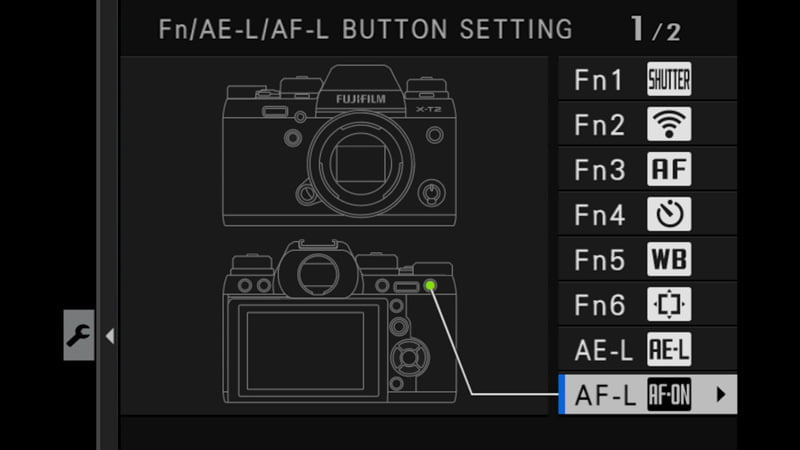
Why use back-button focus?
It just makes more sense to some people to have one button do only one thing – not to have one button do two things simultaneously (actually, three, because most shutter buttons also lock the exposure too as a default setting). You don’t always want the camera’s autofocus system to activate every time you press the shutter, no matter how fast or accurate these systems are today.
Sometimes the autofocus system struggles, especially with low contrast. If it struggles once, it’s going to struggle every time you press the shutter in those situations. Wouldn’t it be better just to get that difficult AF lock once, releasing the shutter as many times as you want after that, without AF engaging again?
And sometimes, even with advances in artificial intelligence, the AF will lock on the wrong thing, especially in busy scenes. Using BBF, you can aim the AF point directly over your subject, command the AF lock, and make several photos without worrying about an erroneous AF lock in subsequent photos.
This technique is commonly known as “focus and recompose.” Leave the AF point in the center of your frame, place it over the subject, command the AF lock, and recompose over and over.
Just be sure you don’t adjust your focal length if using a zoom lens; you’ll have to command BBF again if you do that due to changes in your depth of field.
Still, it allows for a faster shutter release when your camera isn’t activating AF every time you press the shutter.
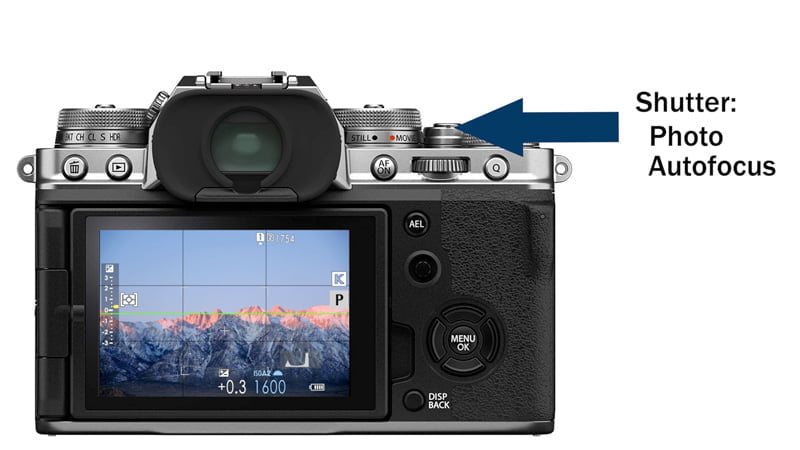
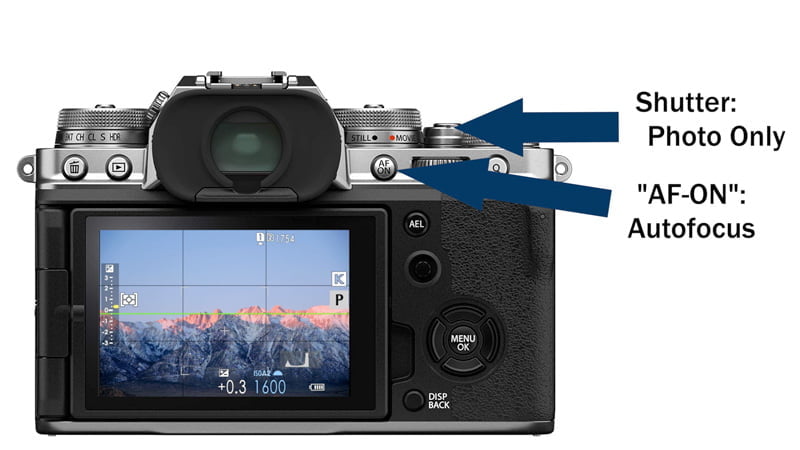
When does back-button focus not work?
Some photographers prefer not to use this technique when tracking moving objects because it takes away the use of your thumb the entire time you’re tracking. You’re constantly smashing that AF button and unable to use your thumb for any other buttons.
And for others, it’s just easier to keep the shutter release and AF lock tied together with the shutter button. That’s how they’ve done it for years and they don’t want to change it. There’s no harm in that. It’s all personal preference, and if using BBF is causing you to “forget” to focus and miss photos, go back to the way you used to do it.
The problem with saying back-button focus is outdated
While most of the comments in this PetaPixel article – as you would expect from the Internet – mostly all say something to the effect of “this author is dumb” or “BBF is KING” or “only amateurs use the shutter to focus” or other such nonsense, no one is really thinking about the two main flaws of this argument.
1 – Focus towards the center of your frame!
The author’s main point is that, since modern mirrorless camera sensors have autofocus point coverage over the entire sensor, that you can just move your AF point over to the edge of the sensor and get equally accurate focus. No need to “focus and recompose.” Just move the AF point with the joystick/pad instead.
It is true that the AF points on your sensor are equal in terms of their ability to focus a point of light, regardless of where they are in the frame.
But the same is not true for your lens.
Read any lens review on the Internet and one of the most discussed specifications is “edge softness.” It’s so important to photographers that some of them won’t buy lenses at all if the lens displays too much softness around the edges. Yet no one seems to think about that phenomena when moving their focus point over to the edges.
Lenses will soften towards the edges – it’ll never be sharp there. All popular lenses on the market will display this to some effect – even the expensive ones – and you’ve really gotta shell out some cash if you want this to be minimized at all.
You’re not setting your AF system up for success when using light that is coming through the edges of your lens. Several different optical phenomena all add up to result in lower resolution and contrast, especially at wide-open apertures. How can it focus if it will never be able to bring that light to a point? This is a highly technical topic with many variables like field curvature, aberrations, and diffraction, but keep this generalization in mind.
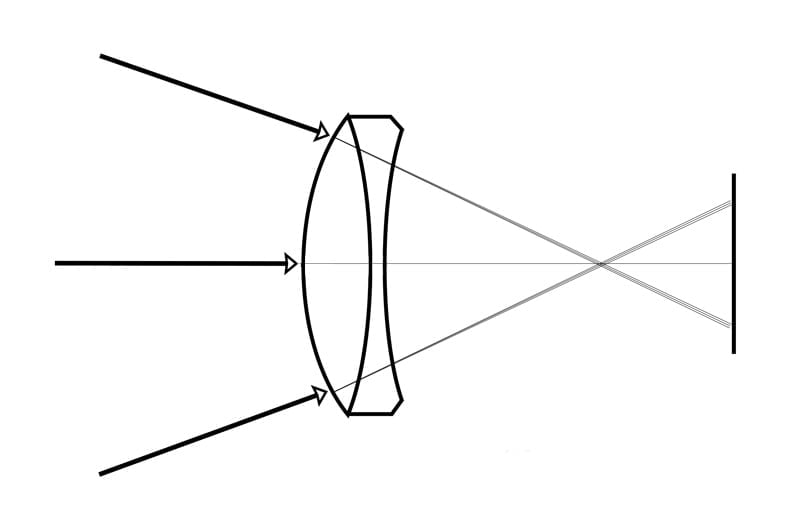
Do we have to move our AF point over towards the edges sometimes? Absolutely.
But as a primary gameplan – if accuracy really does matter – saying, “I can just move the point to the edge” is not giving you accuracy. Keeping your AF point roughly towards the middle is a better option.
2 – Is it really faster?
My second point – pun intended – also has to do with the excessive number of AF points.
My Fujifilm X-T4 has 425 AF points on the sensor. Cool. Looks great in marketing materials.
Practically speaking though, I don’t want that many AF points. I have it set to 117 points instead. That’s more than enough to be accurate on the things I’m trying to focus on.
It takes time to move that AF point cursor around the frame. I can move that cursor around 117 points a lot faster than it takes to go through 425 points, but it’s still time.
I would argue that it’s faster to focus in the center of the frame (where the optics are the best) and recompose, than to move that little point around the screen.

Yeah, I know the LCD is also a touchscreen, but my big fat finger takes up several of those AF points. So we’re back to the number of AF points being irrelevant for accuracy. It’s only as accurate as the size of your finger.
I certainly do understand that some people just have their camera locked on a tripod and move that AF point around, maintaining precise control of their composition, but see Focus in the center of your frame!
Back-button focus is still relevant
Barring a few certain things, there is no one correct way to do things in photography. How you focus is up to you.
But it’s important to consider the laws of physics and think in practical terms before dismissing something just because technology.
If your autofocus system is putting together a jigsaw puzzle, it’s missing more and more pieces the further it gets from the center.
And until my camera can directly read my thoughts and know exactly what I want to focus on, and correct for optical aberrations, I will always continue to use back-button focus when it’s appropriate.
Will you?

Marc Swinnen
Friday 14th of May 2021
Hallo John, (Sony shooter - started out 2 years ago because of retirement) I like to shoot birds a lot, especially flying birds, so my camera is set for action (Aperture priority, AF-C, AF aerea "Zone" or 'Wide', ISO auto limited to 6400 linked to min. shutterspeed of 1/2000,..) under number 2 on the top dial. I half-press the shutter to focus. When the bird comes down and flies in front of trees, I push my AF-ON button. It has under "Recall Custom Hold 1" the same settings but with Tracking 'Zone" or 'Expand flexible spot". When the bird is sitting down, I push my AEL button which has "Recall Custom Hold 2" with S shutter priority 1/500 and "Flexible spot S, so I can go looking for the sitting bird, even if it's sitting down amongst branches or whatever. This combination works fine for me. Hope my English is well enough.
John Peltier
Saturday 15th of May 2021
I haven't used any of the newer Sony cameras (since the a6300) but I think I can follow what you're saying regarding the camera settings. Glad you found a setup that works well!
Alex
Sunday 7th of February 2021
I bought an X-T4 recently (moved from Canon) & am slowly getting familiar with my beautiful new gear. Great article and I have somehow gone down the same path as you describe using the BBF.
John Peltier
Monday 8th of February 2021
Enjoy that camera, it's an amazing machine!
Serge Tremblay
Sunday 7th of February 2021
Hi! I have a X-T100 fuji. I don't find the BBF on It. ....found them on my Nikon cameras....Maybe such a possibility do not exist on the x-T100?
John Peltier
Sunday 7th of February 2021
The X-T100 doesn't have a dedicated AFL/AFON button like many other cameras. The only option would be to program the Fn1 button on the top of the camera to the "Instant AF" function.
Tom Gibson
Tuesday 3rd of November 2020
I use the BBF but use the small Ft Button as a natural place to hold a the L-Btacket I have on it. I use it for moving subjects, landscape, real estate, and sometime portraits. Anytime I have the camera on a tripod....
Tom Gibson
Tuesday 3rd of November 2020
As long as you have disabled the shutter button to focus, you can press once and lock focus (back button) and you do not change focus point(s)/area/move camera, take as many as you want. You might need to change exposure settings IF the light changes VERY fast. John will explain more I am sure-
Rob
Sunday 22nd of November 2020
I have set the Fn-2 button (front) for BBF and only for AF-S, So now it is : Font Button Focus ???? When on AF-C it is just old school: Focus + Release , so not to miss anything (in case of moving objects)